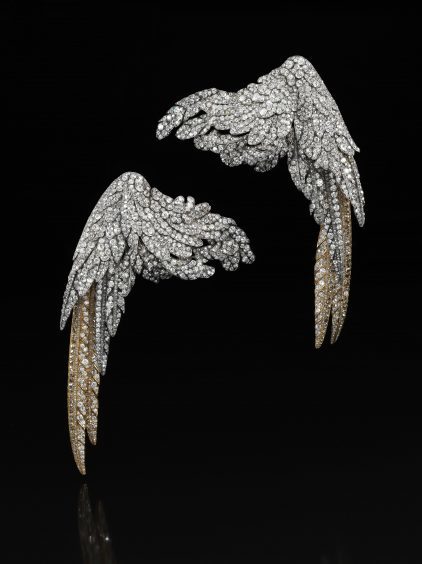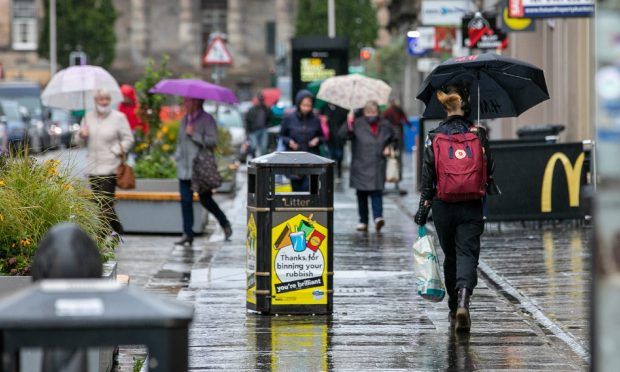A spectacular diamond-winged tiara comprising of more than 2,500 diamonds is to go on display in Dundee’s new V&A museum.
Named a Valkyrie tiara, after the eponymous figures from Norse mythology, the diamonds are cushion-shaped, single-cut, circular-cut and rose-cut, and are set in a gold and silver frame.
It is inspired by the winged helmets worn by the heroines of Wagner’s opera cycle Der Ring des Nibelungen and is the last of its type made by French luxury goods company Cartier.
Commissioned in 1935 by the late Mary Crewe-Milnes, Duchess of Roxburghe, it will now go on display in the City of Discovery when the £80 million museum opens in summer 2018.
Joanna Norman, lead curator of the Scottish Design Galleries and acting head of research at the V&A, said the tiara is an “exquisite piece of craftsmanship”.
She said: “This tiara is a stunning example of design being directly influenced by the person who commissioned it.
“In 1935 the Duchess of Roxburghe had just married into a Scottish dynasty. When she asked Cartier to make one last Valkyrie tiara she was commissioning a piece of exquisite craftsmanship and unexpected design, inspired by the fashions of her childhood.
“The tiara is an amazing piece which trembles when worn to give a sense of moving feathers. Designed to allow the Duchess to remove the wings and wear them as brooches if she so desired, the attention to detail is spectacular.”
The fashion for Valkyrie tiaras originated on the stage before being rapidly adopted by fashionable aristocrats at the start of the 20th century.
A notable early example — a winged tiara centring on a 33-carat diamond made by Cartier in 1909 for the wife of American banker JP Morgan — was credited with helping to fuel the craze across the Atlantic.
By the 1930s the influence of Art Deco had taken hold in the decorative arts and ornate winged headwear was no longer in demand.
By 1935 requesting such a dramatic item of jewellery would have been considered very unusual.
The tiara, which is from a Scottish collection, will be loaned from a private collector and shown in the museum’s Scottish Design Galleries.
It will be the first time it has gone on public display.










